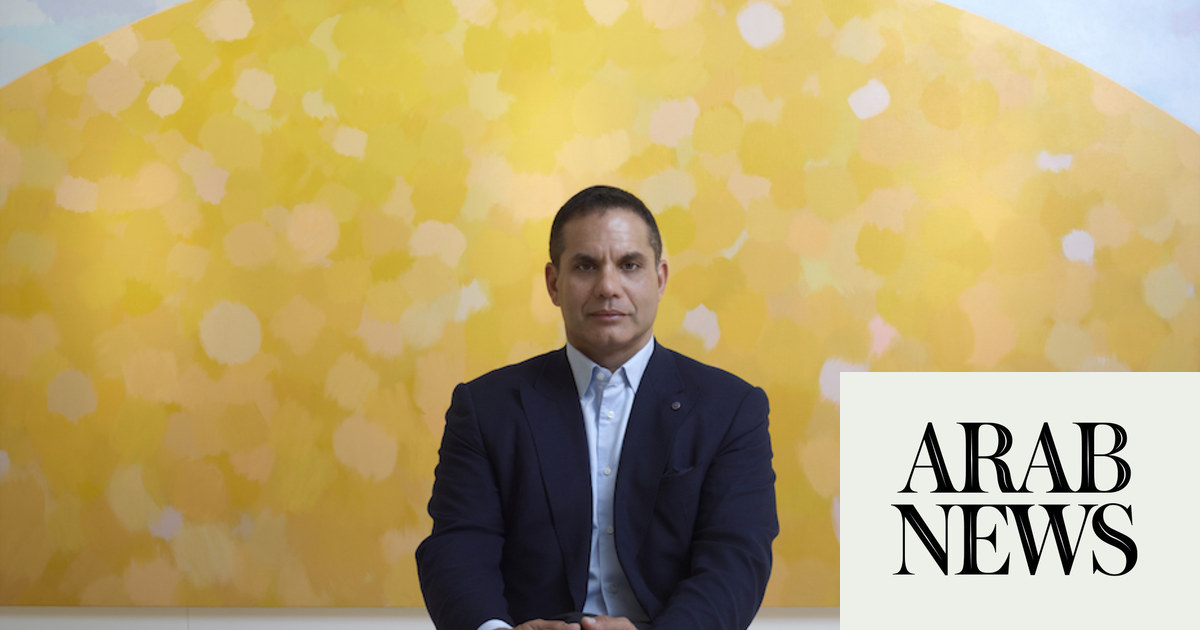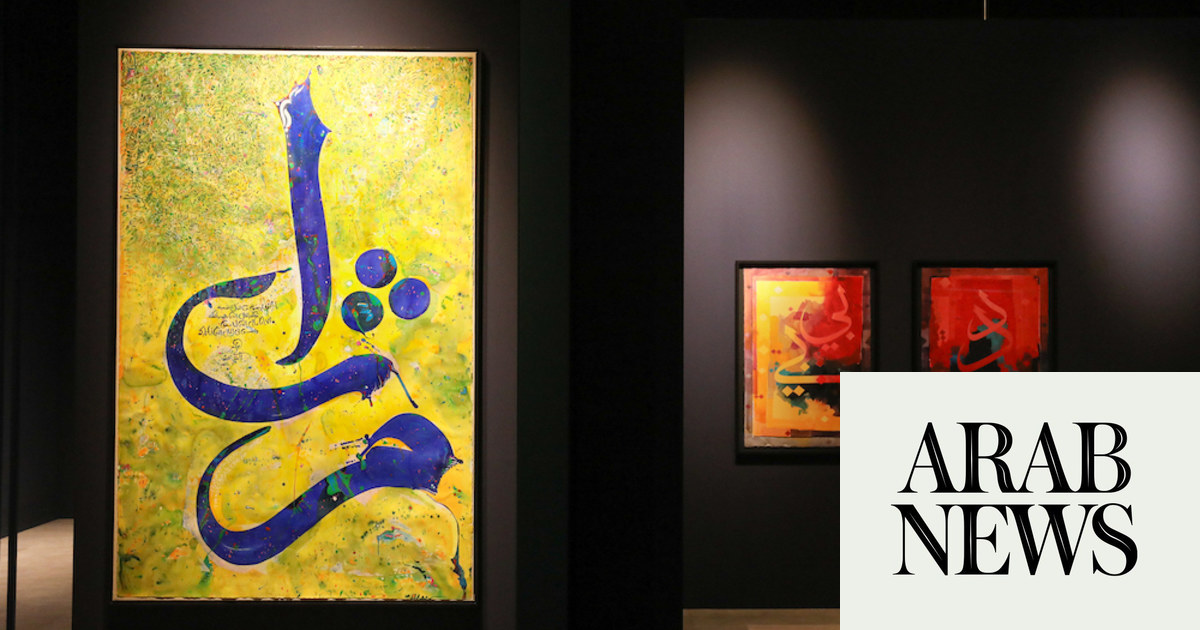Adam
2013 - Sculpture (Sculpture)
114 x 66 x 3 cm
Jean-Charles de Quillacq
Adam is an emblematic work within Jean-Charles de Quillacq’s oeuvre. The artist has created a number of pieces entitled Adam , referring to original man, incarnated in multiple objects at once. Materially, Adam is a fluorescent yellow walking rope with an epoxy coating on one side, rendering the structure rigid, demonstrative of his sculptural practice which is both conceptual and sensual. The artist describes the object as “something which holds onto desire” as an object which has found a way of expressing itself through the epoxy, “through the carnal relationship which reveals some kind of regressive, oral activity imbued with a sexual value.” The material, subjected to intense physical manipulation becomes a vector for both work and desire where the two become merged and indistinguishable from the product produced.
Artist Jean-Charles de Quillacq erects works which have a complicated relationship to remaining upright. In both sculpture and performance, his work stages bodies that are bound by their environment, constrained by position and interaction, becoming the object of fantasy, codification and multiple representations. Creating tubular sculptures, quasi-erotic installations and intimate performances, the artist unveils an ambiguous relationship between the world and the self. Through mimicry and the blending of notions such as the omnipresence of desire and of alienation, the artist engages in a tireless reproduction of gestures and objects. Material often takes precedence over form in his work, and feeling, shaping and embracing are integral parts of his practice. He is particularly fond of the softness of epoxy resin before it hardens; a key material in his work since 2011. This pleasure is an expression of the desire of creation within a libidinal economy, and a central tenet of his work. The studio becomes a space for creation where intimate relationships with the objects he creates are developed.
Colors:
Related works sharing similar palette
» see more

© » KADIST
Zhang Kechun
2020Zhang Kechun’s photographic series The Yellow River documents the effects of modernization along the eponymous Yellow River, the second longest in Asia...

© » SLASH PARIS
Caroline Bachmann — Le Matin — Le Crédac, Centre d’art contemporain d’Ivry — Exposition — Slash Paris Connexion Newsletter Twitter Facebook Caroline Bachmann — Le Matin — Le Crédac, Centre d’art contemporain d’Ivry — Exposition — Slash Paris Français English Accueil Événements Artistes Lieux Magazine Vidéos Retour Caroline Bachmann — Le Matin Exposition Dessin, installations, peinture Derniers Jours Caroline Bachmann, Le Matin, 2022 Détail...
Related works found in the same semantic group
» see more

© » KADIST
Dennis Adams
2002Observing the sky after 11 September 2001, Dennis Adams photographed elements which had been lifted by drafts and were floating above the city of New York...

© » KADIST
Pascual Sisto
2013All Watched Over by Machines of Loving Grace takes its title from a 1967 poem by American writer Richard Brautigan, which describes a utopian future where computers are in harmony with and protective of mankind and nature, performing all the necessary work while we retreat back towards nature...




